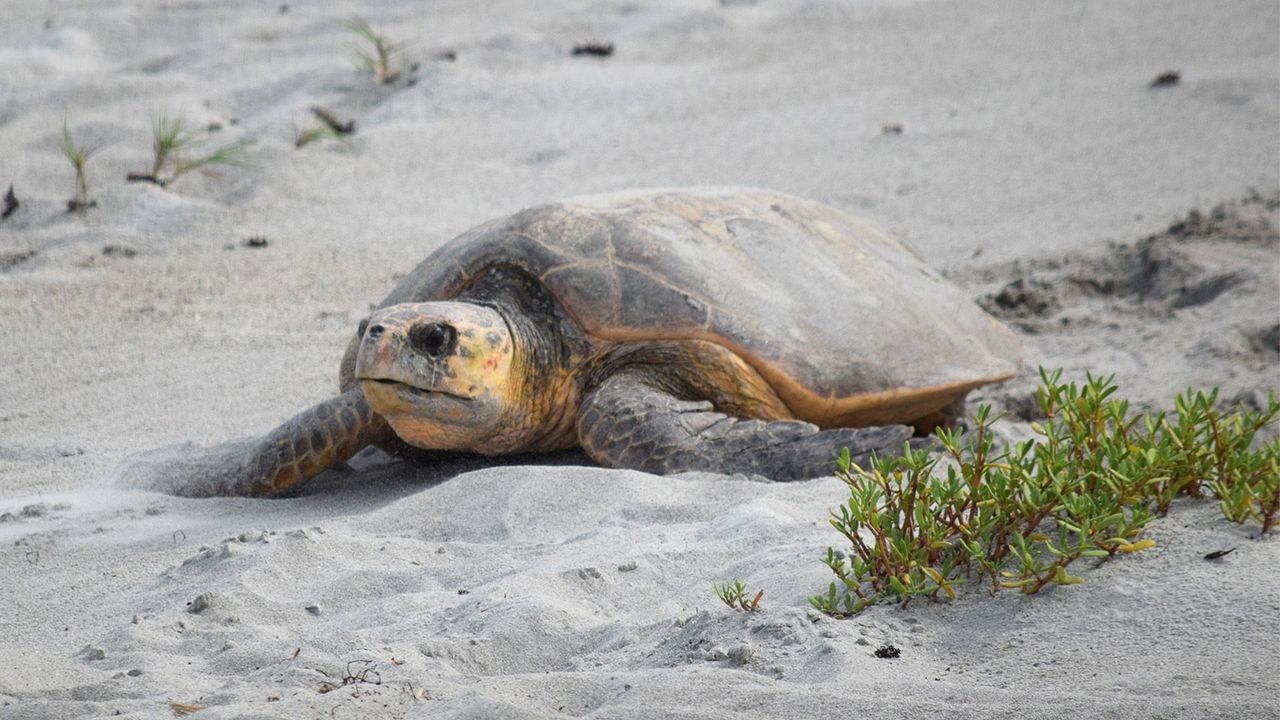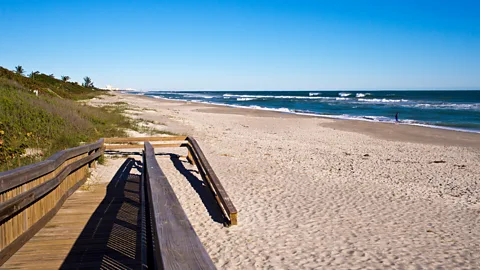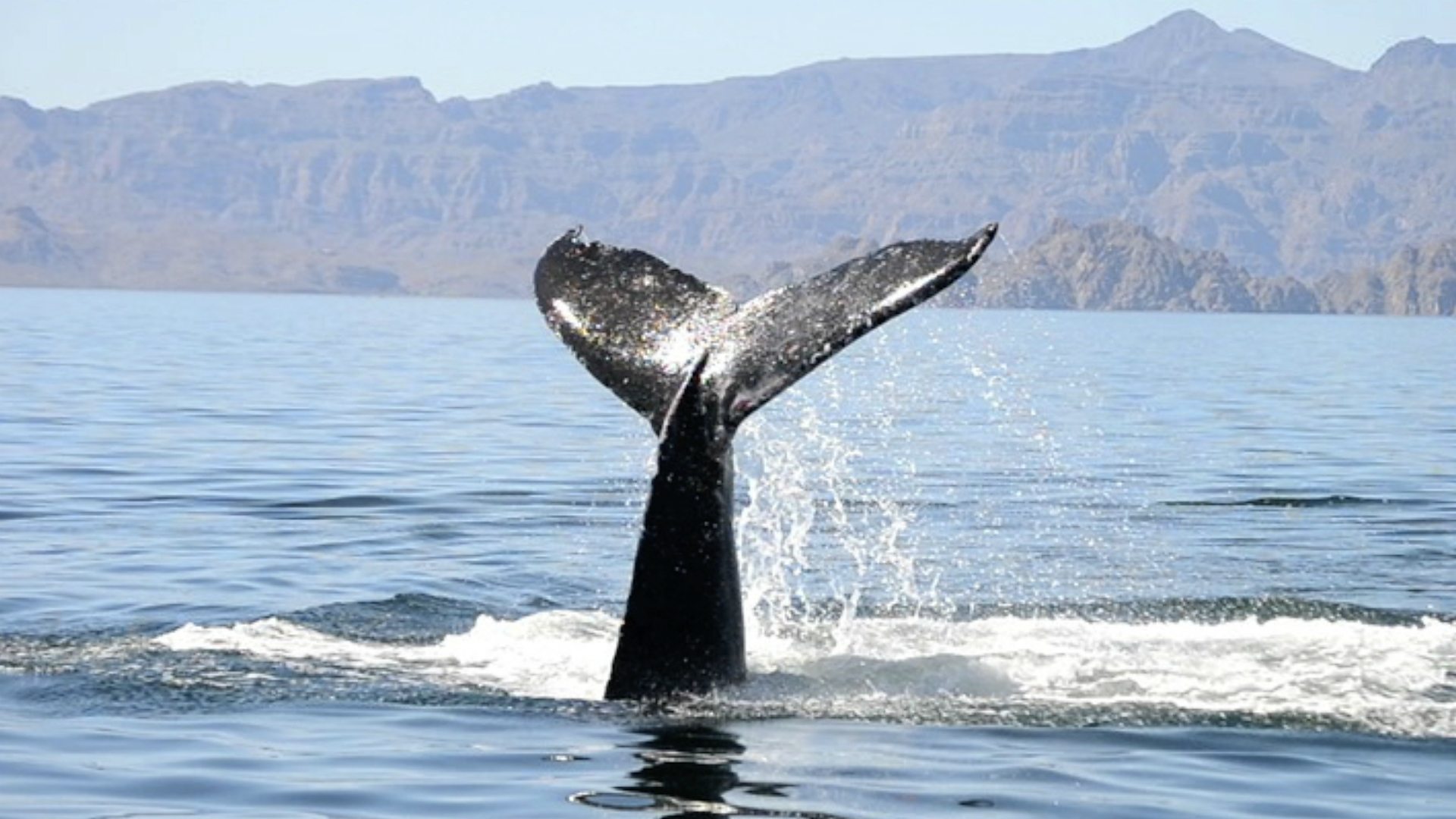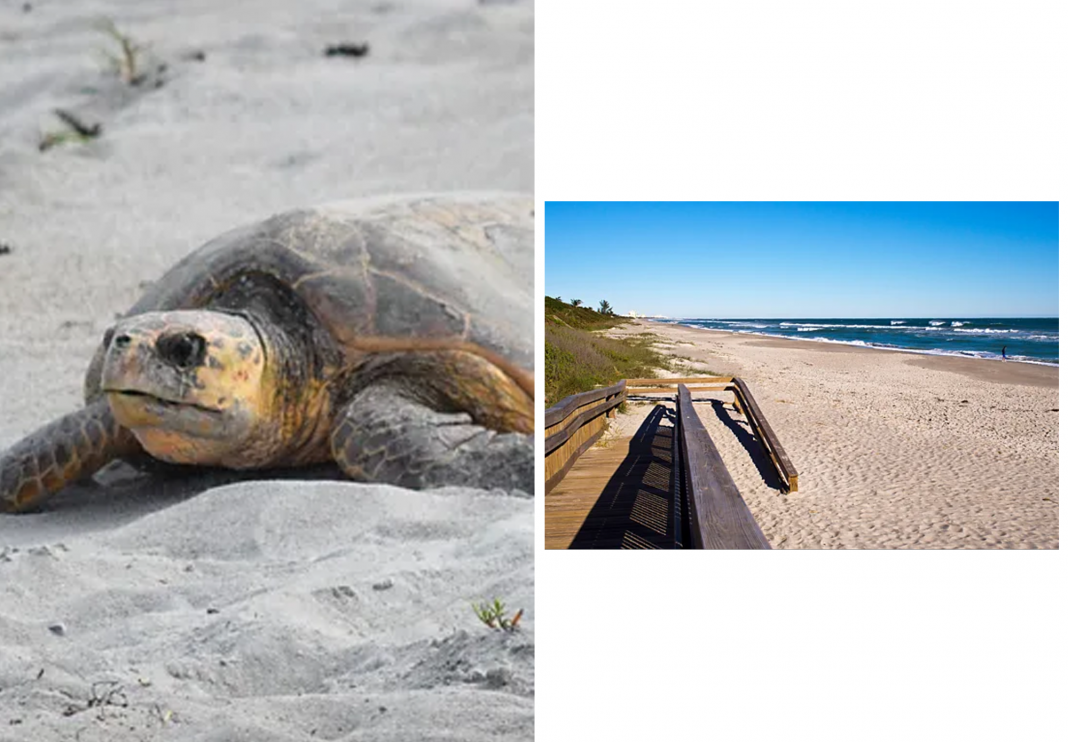Just 90 minutes from Orlando’s theme parks lies one of the world’s most vital sea turtle nesting habitats—where conservation and coastal life coexist in quiet harmony.
A secret sanctuary hiding in plain sight
Most visitors to Florida come seeking theme parks, manatees, or gator sightings. Few realize that one of the most critical sea turtle nesting sites on Earth lies just a short drive away. Along a 33km stretch of sandy coastline between Melbourne Beach and Wabasso Beach, the Archie Carr National Wildlife Refuge protects thousands of sea turtle nests each year. And unlike remote wildlife reserves, this refuge quietly exists alongside beach houses, tourist motels, and fishing piers—proving that thoughtful conservation doesn’t always require total seclusion.
As I stood atop a dune near Melbourne Beach, green sea turtles surfaced near the shoreline like gentle shadows. Beneath the sand, hidden from view, lay countless nests containing the next generation. Many beachgoers were unaware that they were lounging above thousands of eggs laid by endangered species—one of nature’s most ancient and fragile processes, unfolding quietly beside human life.
The delicate dance of cohabitation

Established in 1991, the refuge is a mosaic of protected wilderness and private development. Unlike national parks with strict boundaries, Archie Carr embraces a more nuanced model of conservation—one where humans and wildlife share space, albeit under strict seasonal rules. From March to October, artificial lights are banned from the beach at night, and property lighting must be low, shielded, and red-hued to avoid confusing turtles.
Why all the caution? Female sea turtles rely on dark, quiet shores to nest—often returning to the very beaches where they hatched decades earlier. But when coastlines grow noisy or bright, they become uninhabitable. “They’ll shed their eggs in the water if they can’t find a safe place,” said marine scientist Blair Witherington. These eggs won’t survive.
Even when turtles successfully nest, hatchlings face steep odds. Just one in 1,000 will make it to adulthood, facing threats ranging from predators to disorienting city lights. “Light pollution and coastal armouring are chief among the hazards,” Witherington explained.
A nighttime glimpse into ancient ritual
To witness this natural wonder, I joined a nesting tour run by local conservationists. These tours are tightly regulated and timed for the turtles’ benefit, beginning after sunset when females are most likely to emerge. Our group waited in a dark auditorium until scouts located a turtle who had already started digging—a sign that she was past the skittish stage and wouldn’t flee at our presence.

On the beach, we moved single-file under the moonlight, hushed and reverent. Eventually, we came upon a small loggerhead in the final stages of laying her eggs. Someone named her Jolene. We sat quietly nearby, close enough to hear her grunting softly, the smell of brine and sand thick in the air. By season’s end, she might nest five or six times—each event a vulnerable miracle.
“Seeing a turtle nest is witnessing something that’s been happening for 100 million years,” said David Godfrey, director of the Sea Turtle Conservancy. “Virtually the exact same way.” It’s a ritual older than humans, surviving the extinction of the dinosaurs. Whether it survives us remains the pressing question.
The power of protection—and the people behind it

Archie Carr’s success stems from community support as much as scientific regulation. When sea turtle surveys began in 1983, fewer than 13,000 nests were counted. In 2023, that number soared past 44,000. “This refuge now has the largest number of loggerhead nests in the world,” Godfrey proudly shared.
Naturalist Mairi Brooks, who led our tour, credits this growth to decades of education, activism, and smart development laws. Visitors may not realize how heavily regulated the area is: no beach parties at night, no bright lights, no walking with flashlights. Rangers are on call to intervene when rules are broken, as they were the night we had to retreat temporarily because fishermen had unknowingly disturbed a nesting turtle with lights and noise.
“Most people want to do the right thing for the turtles,” said Nichole Perna, a land management specialist at the visitor centre. But not everyone cooperates. Residents like Isabelle DeSantis, owner of the nearby Floridana Beach Motel, say tourists sometimes lash out when asked to dim their lights. Airbnb properties, often unmanaged, pose particular challenges.
More than turtles

The refuge protects more than sea turtles. During a hike with Perna, I spotted bobcat claw marks on trees, the sinuous path of a yellow rat snake, and burrows dug by crabs and tortoises. Coyotes, manatees, and even cottontail rabbits share this sliver of land with tourists and locals alike. Mangrove forests flourish nearby, stabilizing the coastline and sheltering even more biodiversity.
Conservation here doesn’t mean removing humans—it means retraining them to live in balance. That includes funding: nesting tours generate not just awareness, but economic support. “The tours show that people care enough to come, to spend money, and that helps justify the investment in protecting this refuge,” Godfrey said.
If you go
When to visit:
- June–July for guided nighttime nesting tours
- August–October for morning surveys of hatched nests
Where to stay:
- Floridana Beach Motel: Budget-friendly and eco-conscious
- Seashell Suites Resort: Beachfront and luxurious
What to do:
- Barrier Island Center: Free visitor centre with interactive sea turtle exhibits
- Sebastian Inlet State Park: Excellent for fishing, kayaking, and spotting dolphins
- Juan Ponce de León Landing: Historic public beach
- McLarty Treasure Museum: Artifacts from a 1715 Spanish shipwreck
- Maritime Hammock Sanctuary Trail: Peaceful two-mile nature walk
One turtle at a time
As our time with Jolene came to an end, she began to camouflage her nest—meticulously patting down sand and scattering debris to hide it from predators. Then, without ceremony, she crawled back to the ocean. At the water’s edge, she paused for a heartbeat, then vanished into the moonlit sea.
Perhaps she’ll return in two or three years. If the beach remains dark and quiet, if the community holds the line against careless development, if tourists learn to care as much as locals do—she just might. In a world of casual environmental damage, the Archie Carr National Wildlife Refuge offers a rare example of hope: a living blueprint for how we might protect nature without losing touch with it. One turtle at a time.



